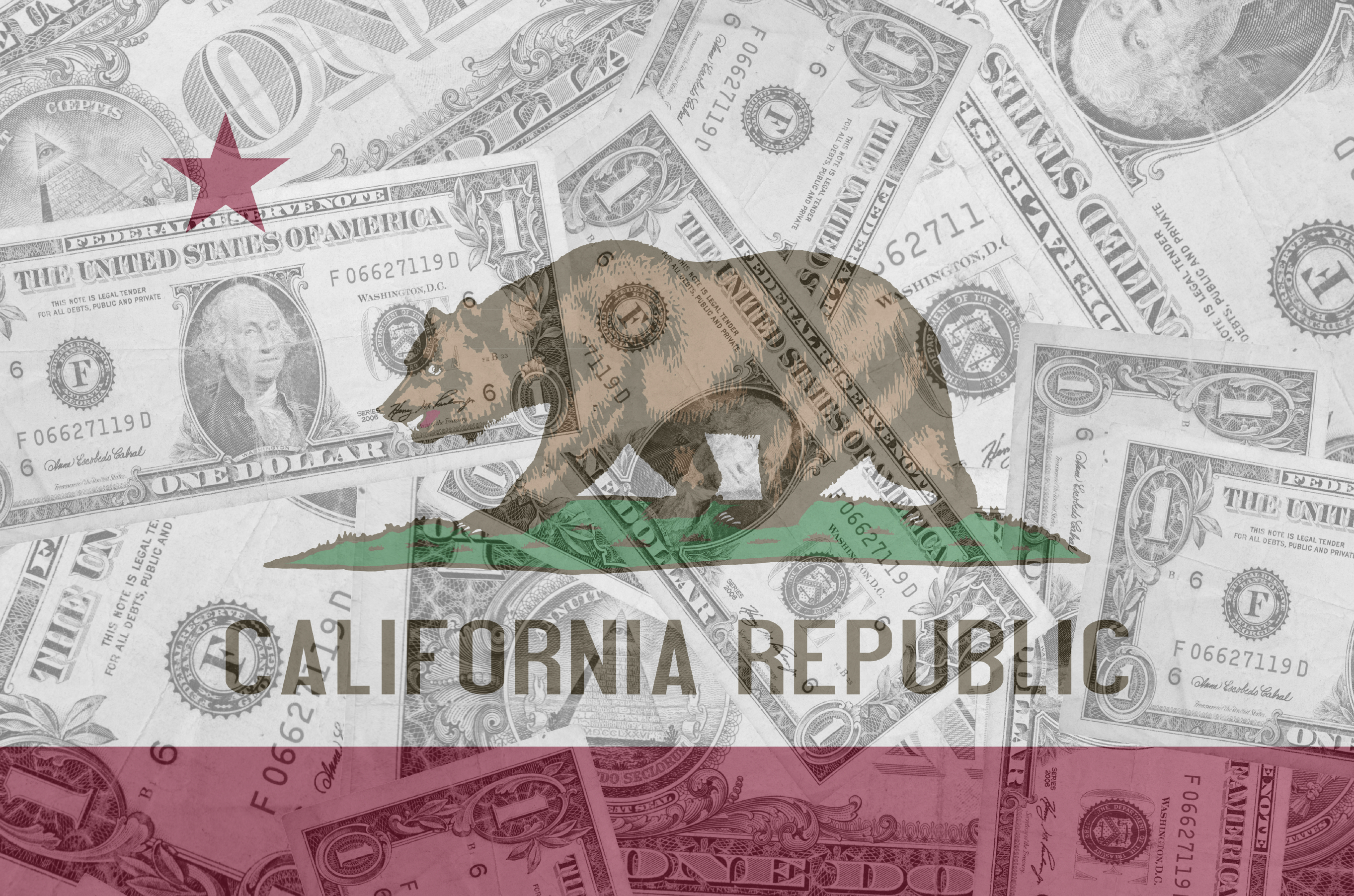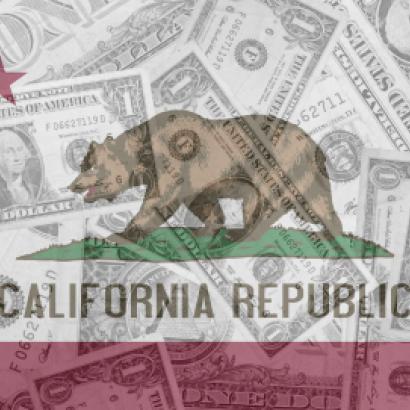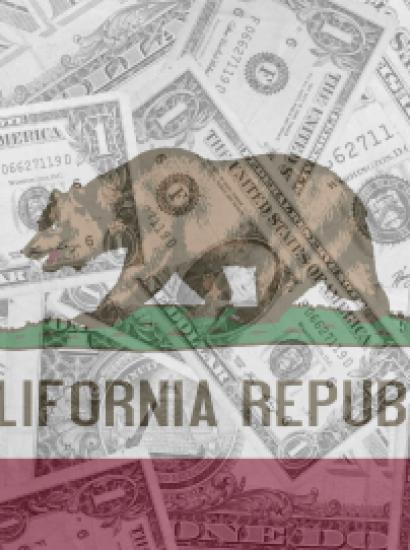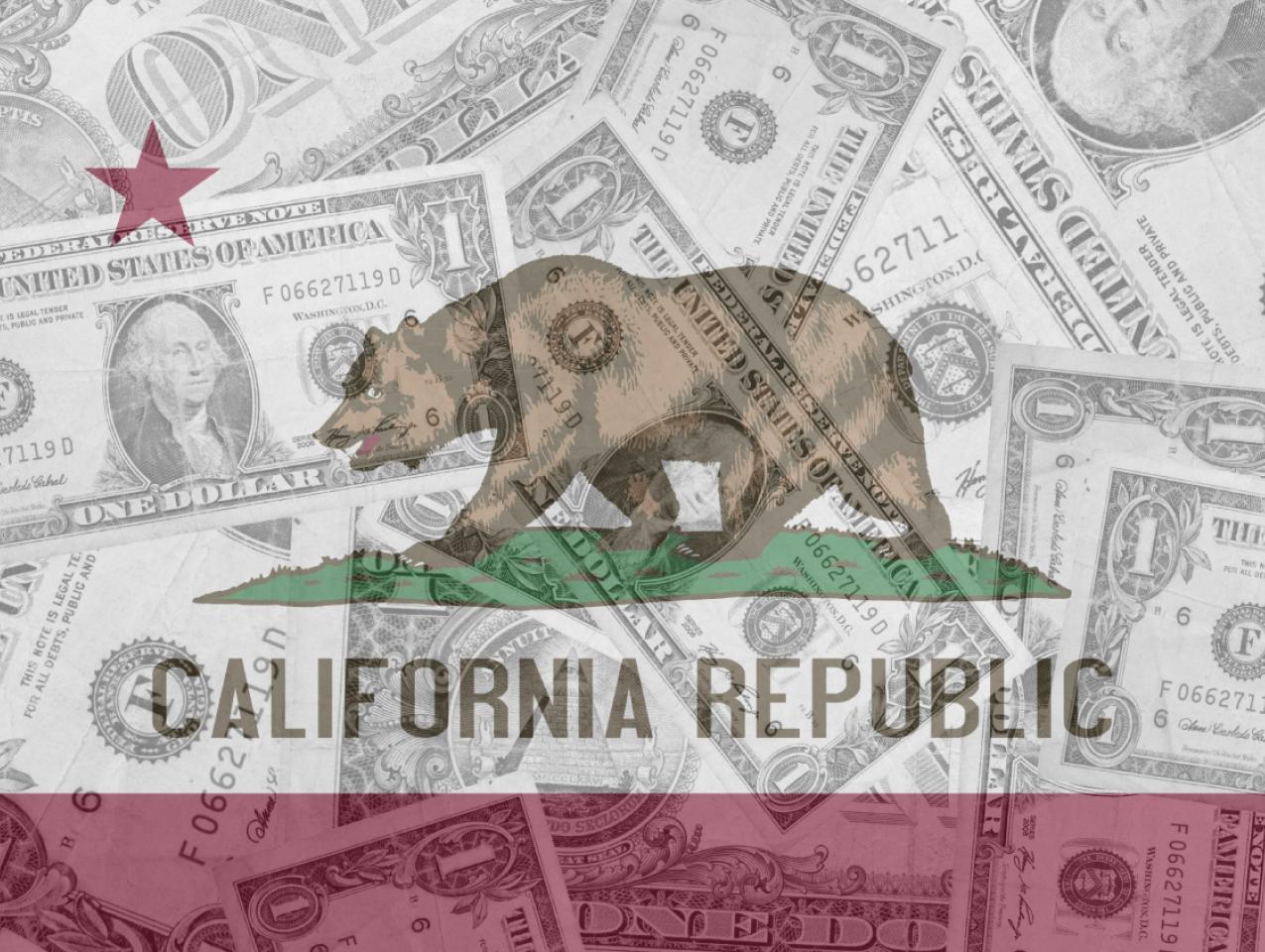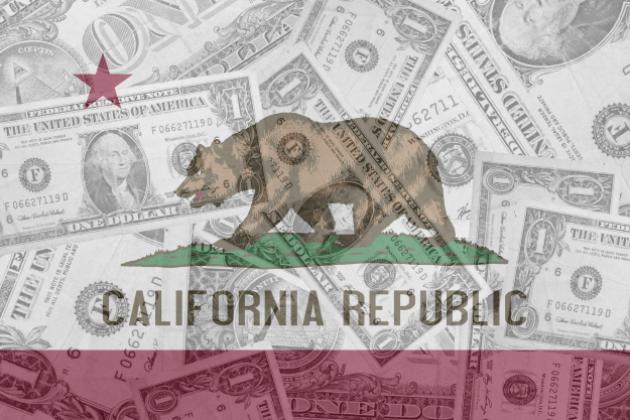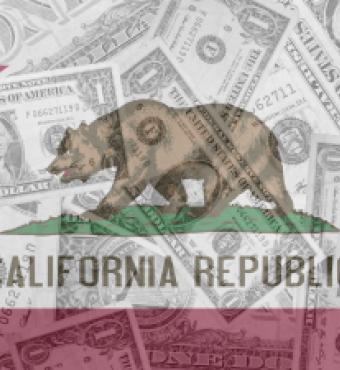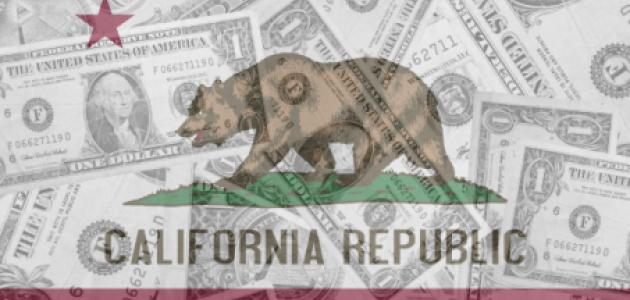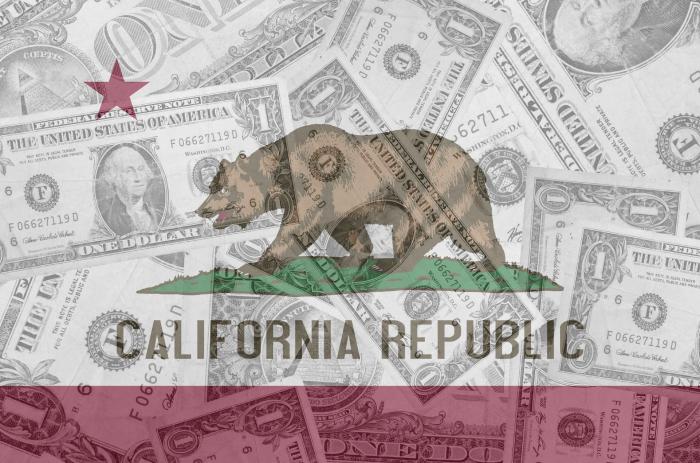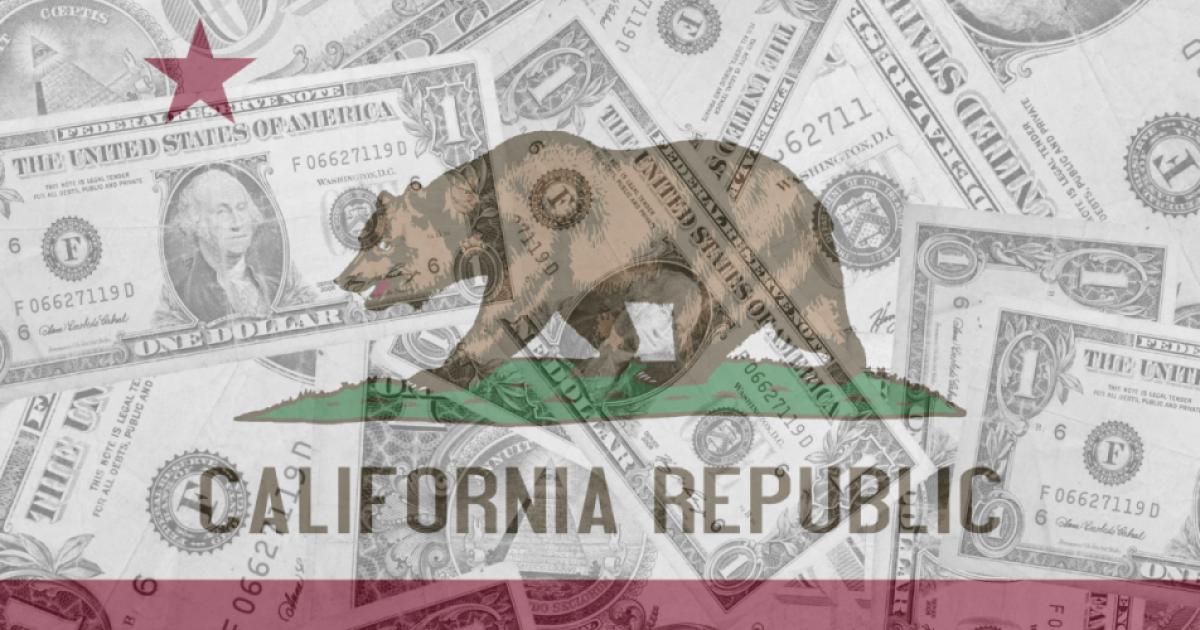- Economics
- Politics, Institutions, and Public Opinion
- State & Local
- California
As a recovering speechwriter once employed by a California governor, I can assure you: these are the best of times and the worst of times for any scribe hoping to get a moment of the boss’s time in the days between Thanksgiving and Christmas.
Why it’s the best of times: the looming new year calls for a gubernatorial State of the State Address, a big tone-and-tenor-setting January speech chock full of big ideas and lots of rhetorical flourishes.
And why it’s also the worst of times: in December, a California governor is less interested in words and more focused on numbers—specifically, what his economists and fiscal analysists have to say about projected revenue for the new budget year that begins the following July.
Not that governing America’s most populous state is akin to rocket science, but a line from the movie The Right Stuff and the nascent days of America’s space program comes to mind: “No bucks, no Buck Rogers.” In other words, smart California governors understand that without the money to finance grandiose ideas—state-run health care, universal pre-kindergarten, vast infrastructure upgrades—the State of the State fast becomes empty talk.
So what’s California’s governor, Gavin Newsom, looking at right now in the way of spending money for next year?
We’ll get to that in a moment, but first a word about January and the art of gubernatorial presentation.
Next month, Newsom gets two very large bites out of the Sacramento apple: introducing a budget proposal for the 2020–21 fiscal year, dovetailing with the annual State of the State Address. The former, which reflects the governor’s spending priorities, sets the tone for nearly six months of budget tangoing with legislators. The latter, which reflects the governor’s policy desires for the new year, sets the tone for nine months of legislative intrigue.
Back in the 1990s, when I worked for former governor Pete Wilson, we rolled out both the new budget and the big speech as soon as the legislative session began in early January (for Wilson’s State of the State addresses, never earlier than the 5th nor later than the 9th). The rationale behind the early budget release was strategic: to put forth the Republican governor’s spending plan before Democratic legislators could gain control of the budget narrative.
Why Wilson delivered the State of the State at Sacramento’s earliest convenience: in part to get the upper hand on the policy conversation. But also there was the matter of repetition: as one of 30-plus GOP governors nationwide, Wilson wanted to bat near the top order of Republican chief executives discussing common themes (lower taxes, tougher crimes laws, welfare reform).
This pattern of early January budgeting and speechmaking continued with Wilson’s successor, Democrat Gray Davis, whose five State of the State addresses all occurred between January 5 and 8. Arnold Schwarzenegger, who replaced Davis courtesy of the October 2003 recall election, delivered seven State of the State addresses, none later than January 15.
And then along came Jerry Brown, in his second stint as California’s governor, and the pattern changed. In the years 2011–18, the earliest Brown delivered a State of the State address was January 18. However, Brown’s budget release was less predictable—usually in the second week of the new year, but sometimes earlier.
As for 2019, Newsom’s first year as California’s 40th governor, a $209 billion budget proposal materialized on the tenth day of the new year—that was just three days after Newsom was sworn into office. However, the State of the State Address didn’t come until February 12, the delay due to the fact that the new governor wanted breathing room between that speech and his inaugural address, delivered 36 days earlier.
When Newsom schedules next month’s State of the State address is telling, in that’s it’s a reveal as to whether he feels the urge to have the first work in the new legislative session, as well as to the question of whether he thinks his agenda can get national notice amid an unfolding presidential election (the Iowa caucuses occurring on February 3; California’s primary coming a month later).
As for Newsom’s budget proposal, there’s less intrigue. And that’s because apparently there will be plenty more money to spend.
According to California’s legislative analyst, the state’s ongoing economic expansion could produce a $7 billion surplus for the 2020–21 fiscal year. As much as $3 billion of that could be available for ongoing expenses—not a titanic sum, considering that it’s only 1/25th what the state spends on K–12 and higher education (and a far cry from last year’s $21.5 billion surplus) but a good starting point from which to negotiate a spending blueprint.
The question for Newsom as he huddles with budget planners: does he want to negotiate, in public, from a position of optimism or concern?
On the sunny side, California is approaching a landmark: by next spring it will surpass the current record of 120 months for the longest data-proven US economic expansion (California’s unemployment also fell to a new record low of 3.9% in October, according to the state’s Employment Development Department; this marked the state’s 116th consecutive month of job expansion, California having gained 3.3 million of the 22.2 million jobs gained nationwide since the expansion began in February 2010).
Now, those ominous clouds on the horizon: the threat of a recession.
Back in early October, Newsom warned of tough times ahead when he told reporters: “You’re already seeing the plane land in terms of the slowdown. I think it’s going to reflect a more sober look at next year’s budget.”
Mimicking an airplane pilot, the governor added: “Folks, we’re about to begin our descent. We’re still at 36,000 feet, but we’re about to begin a descent.”
A surplus that’s one-third what is what was in the previous year suggests that the descent may be further along than what the governor suggested in October.
Also at question is whether California is braced for the impact of a recession.
To his credit, Jerry Brown tried to remind his fellow lawmakers of the inevitability of an economic downturn during his more recent governorship. Indeed, the annual Brown lecture on fiscal sobriety was as much a rite of spring as was the governor’s “May revision” to the budget proposal submitted in January.
However, California’s state budget grew almost 60% on Brown’s watch, from $120.2 billion in 2011–12 to $203.9 billion in 2018–19 in General Fund and Special Fund expenditures. Some of that increase couldn’t be pared even if lawmakers so desired (per-pupil spending is protected by California’s state constitution). Other entitlement programs—i.e., trimming the public safety net—are non-starters with majority lawmakers.
This means that, for California budgeters’ sake, should the recession come, it needs to be a soft landing.
Brown left office earlier this year with a record $13.8 billion tucked away in the state’s Rainy Day Fund (2014’s voter-approved Proposition 2). This year’s spending bonanza also included more for the reserve, raising it to $16.5 billion (that doesn’t include another $1.4 billion set aside for emergencies and natural disaster, plus $400 million for education).
If the Legislative Analyst’s Office had its way, even more would go into the Rainy Day Fund (read the details of the report and you’ll notice that the LAO suggests that no more than $1 billion of the aforementioned $7 surplus should be devoted to ongoing expenses). At present, the Rainy Day Fund is estimated to reach $18.3 billion by next summer.
Still, that may not be enough to cover California in hard(er) times.
If Newsom wants to channel his inner Brown and play the role of a belt-tightening, recessionary Paul Revere, he could trot out this state Department of Finance graphic showing how quickly revenue plummets in a recession. The key takeaway from the people who do the governor’s bean counting: “The state must be prepared for the possibility that even a moderate recession could result in revenue declines of nearly $70 billion and a budget deficit of $40 billion over three years.” (This May 2019 analysis by the Public Policy Institute of California estimates revenue declines in the range of $28 billion–$36 billion spread over three years as the result of a “mild” recession; $69 billion–$100 billion over four years in the event of a “moderate” recession; and $173 billion–$185 billion over five years for a “severe” recession.)
Give Newsom credit if he uses next month’s budget rollout—and his State of the State bully pulpit—to focus on the need to fiscally buckle up for economic turbulence.
But, as in many a commercial flight, are the lawmakers coming along for the ride paying attention to what the captain has to say?







